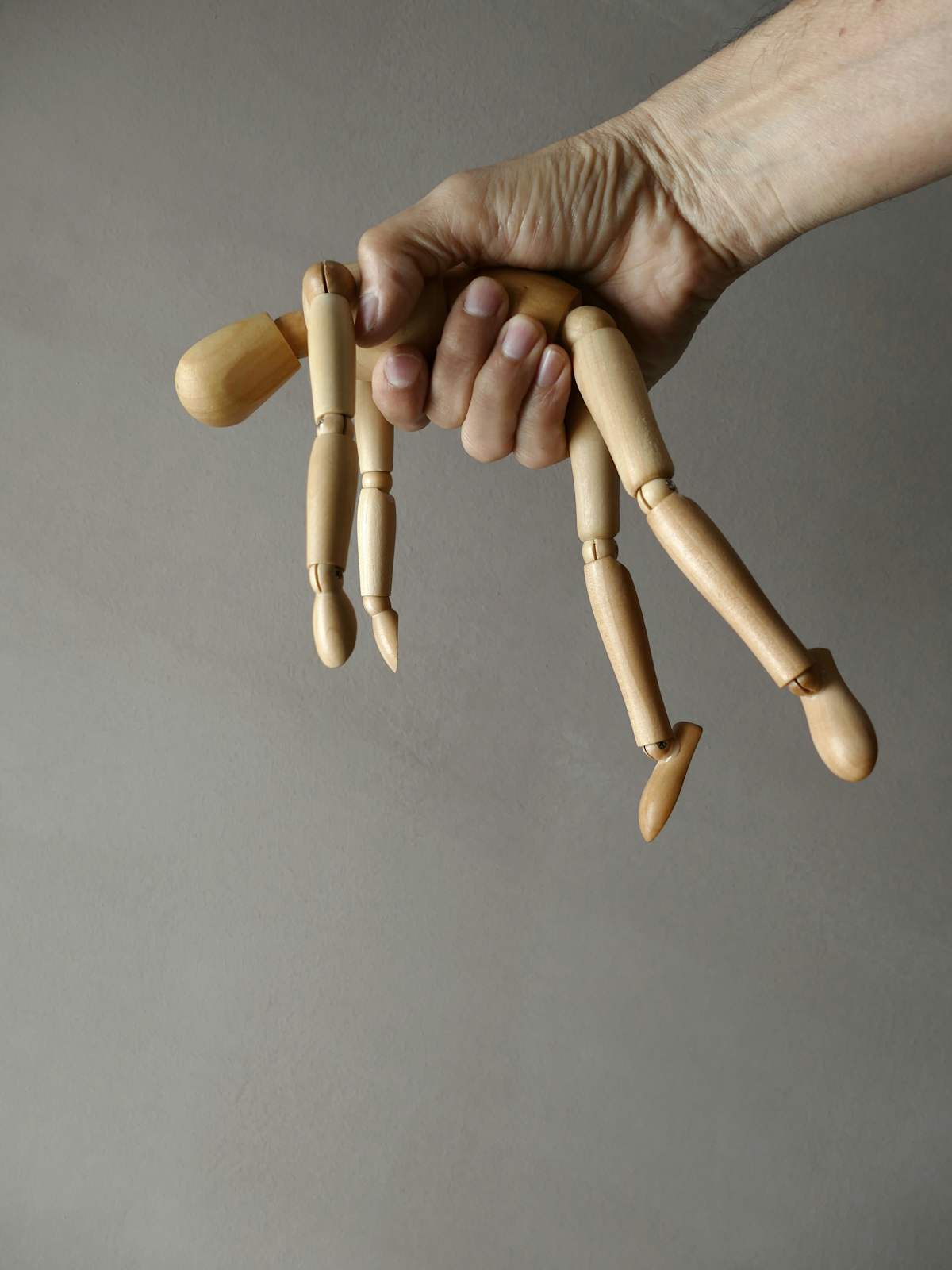Once you're done reading this, ask yourself, "Where have I seen this before? Where am I seeing this now?" Unless you're blind, or choose to be, I think you'll know where you're seeing it. Seeing it is the first step to stopping it, and maybe you'll help put an end to it.
* * *
Throughout the centuries, and into 2025, the tools of oppression have always been the same. They train their victims to accept less than what freedom provides, and they train people to accept less of themselves and each other. The tools are violence, coercion, corruption, and veneration.
Violence
Official violence is educational. It teaches by example: a body on the ground, a door kicked in, a protest met with force, a courtroom stacked against the accused. The lesson is simple—this is what happens to those who forget their place.
Violence doesn’t need to be constant; it needs to be credible. A handful of well-publicized punishments can do more than a thousand quiet threats. And the more “normal” it seems, the more total its reach.
Coercion
Coercion is simply the threat of violence. "Nice little business you have here. It would be a shame if something happened to it." "Your daughter is such a pretty girl. Let's hope nothing happens to her." "Don't you think it would be a good idea if you did this little thing for us? We do." The point is not to break you but to bend you, again and again, until you forget you were straight.
Coercion’s great benefit for the oppressor is plausible deniability. No one gave an order; no one signed a decree. You “chose” to keep your head down, to say the approved thing, to step aside. Threat becomes atmosphere—present everywhere, visible nowhere. And the more you give into it, the more you give up.
Corruption
Corruption means that those with resources skip the line, buy leniency, procure access; those without resources are told to be patient, grateful, silent. The law becomes elastic for some, iron for others. Over time, corruption doesn’t lubricate the system—it becomes the system. Trust decays. Institutions rot from the inside as rules are rewritten to legitimize the grift.
Corruption gives privileges to the well-connected, and it teaches everyone else to believe their failure is their fault. If you don’t have what you need, it’s because you didn’t hustle hard enough or know the right people. People start to confuse favors with justice. This erodes solidarity because each person is incentivized to grab what they can for themselves rather than demand fairness for all.
Veneration
Veneration is the insistence that a "dear leader" is not merely effective but unquestionable. When veneration becomes the norm, criticism is treachery, and doubt is heresy. People are meant to believe the leader is the nation’s conscience and protector. Opposing him is meant to feel like opposing the country, or God, or the future itself.
After enough violence, coercion, and corruption, the promise that “this one person will set things right” becomes seductive. It simplifies complexity into loyalty tests. It asks you to outsource your moral reasoning. “Trust me,” the myth says, “and you won’t have to worry anymore.” But the price of that relief is your voice.
Once the pedestal is built, it must be defended, which is why veneration so often demands fresh enemies to explain away fresh failures.
How the four hold together
- Violence delivers the spectacle that makes threats believable.
- Coercion translates that spectacle into daily self-policing.
- Corruption funds the machine and distributes rewards to keep insiders loyal.
- Veneration wraps it all in virtue, turning obedience into a moral good.
Each element can exist on its own, but together they form a closed loop. Violence without veneration looks like naked brutality—unsustainable. Veneration without violence risks being punctured by reality—it's fragile. Corruption without coercion gets exposed—it's unruly. Coercion without corruption can’t purchase enough complicity; it's underfunded. Oppression persists by balancing all four so that fear does the heavy lifting, money oils the gears, and devotion hides the seams.
The tools of resistance
Oppression is designed to make ordinary courage feel like extremism. The tools of resistance are equally ordinary, and precisely for that reason, they are radical.
- Conscience: the stubborn refusal to call wrong by a prettier name. It is the quiet art of saying “no” before the crowd knows it’s allowed.
- Solidarity: the decision to link arms so that threats lose their leverage. It turns isolated targets into a community that can’t be picked off one by one. If you think mass protests achieve nothing, you're missing this important point.
- Clean institutions: boring, transparent rules that apply to everyone. They starve corruption by making favors unnecessary and illegal.
- Limits on power: not because leaders are always bad, but because human beings are always human. Healthy skepticism honors the common good.
- Truthful storytelling: accounts that name what happens and to whom. Stories restore memory where fear erases it; they expand the imagination where coercion narrows it.
Oppression begins with a lesson—teach them to fear—and ends with one, too: teach them to forget. If we can keep remembering—what we’ve seen, what we owe each other, what we promised our children—then the arch of violence, coercion, corruption, and veneration loses its keystone. It becomes what it has always been: a story powerful people tell about themselves. We don’t have to keep repeating it.
Photo by Marco Bianchetti on Unsplash
